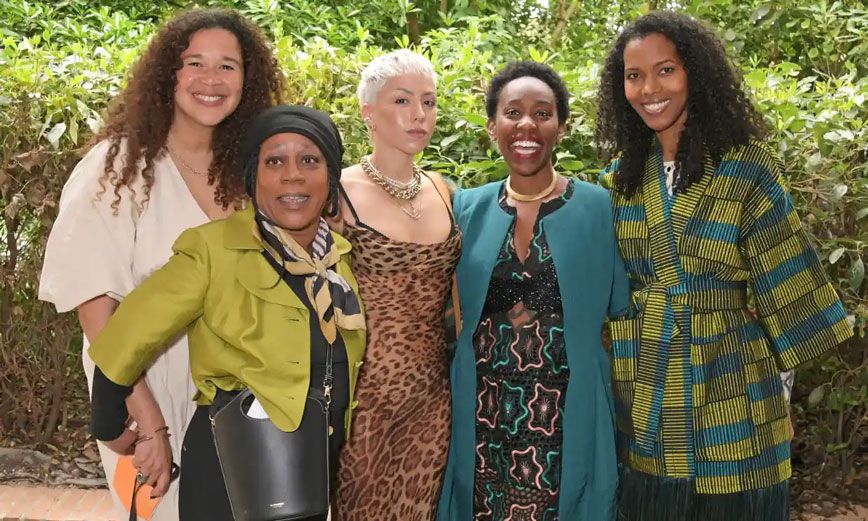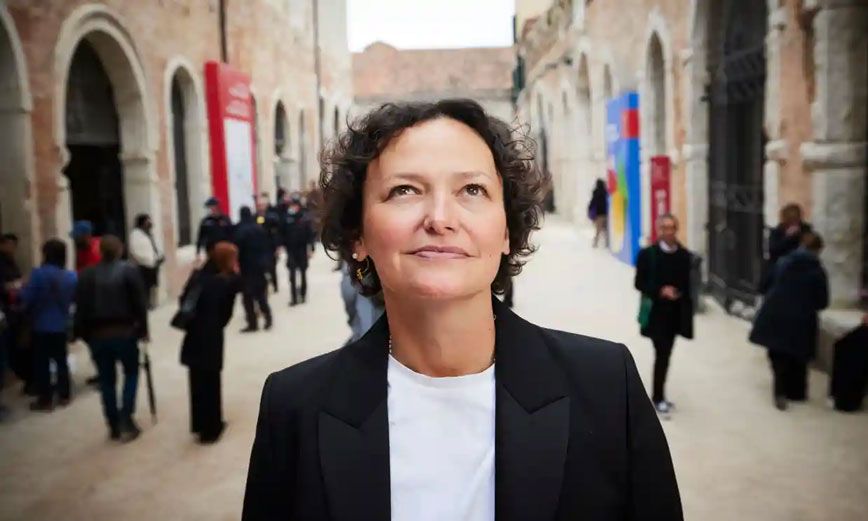Gender disparity highlights its core effect in every sphere of the world. With women fighting for their rights since the late nineteenth century, the struggle continues to the twenty-first century today. There is still a lack of opportunities for the female gender in today’s world as they face discrimination and struggle in every field they enter. The realm of art faces its own challenges as truth lies in the fact that women have never truly been represented nor treated equally. There remains a dramatic under-representation and undervalued position in that of auction houses, museums and galleries. As stated by NMWA Director Susan Fisher Sterling, “People in the art world want to think we are achieving parity more quickly than we are.”
However, for the first time in the history of art, women outnumbered men artists for the first time in the main halls at the Venice Biennale. The Venice Biennale is an international festival composed of music, architecture and theatre, with its focus on the International Art Exhibition. Known as the world’s most prestigious art event, it is not shy of artists gracing the viewers with their work. As seen in the past years, the dominant spirit of the event lies with male artists. However, in 2022 for the first time, female artists outnumbered men by a ratio of nine to one. We see how women are paving their way into the realm of art as curator Cecilia Alemani provided her venue of the International pavilion of Giardini to all women artists—containing no male artists in sight. As seen in the past, only 10% of artists were women in the main exhibition at the Venice Biennale with them rising to 30% in recent years which was achieved at Ralph Rogoff’s exhibition. While this is a historic accomplishment that must be celebrated, we must remind ourselves that we have not yet achieved our end goal—to gain complete gender equality.

Along with the struggle for representation comes another dilemma highlighting the issue of women fetching less money than paintings by men. While work by female artists shares their small portion of the collection, their work even sells for a higher discount as compared to male artists. As seen, disparities that plague the society and economy also affect the art world. This signifies the main concern at the hand of how neither the world nor the art society ensures gender parity. Perhaps, it can be said that this is due to the inequality faced since the Renaissance period, given that women were largely excluded from the field and were not allowed artistic professions and training until the 1870s. As noted, we see how the issue is not that of quality of work that may make one ponder over the reason for the gender gap in artistic valuation nor the difference in kinds of art but in the historical and sociological factors of positioning women in roles.
Gender discrimination is also highlighted in the labour market at large. Some may argue that the theory behind such a practice remains in the perspective that highlights that women choose different occupations or training mostly. However, this is not entirely true as they face challenges that men do not. This considers their roles in birthing and motherhood, for which they are discriminated against. This argument clearly shows us how the discrimination of representation and wage is widely a result of biology and not skill or talent. Along with gender comes the issue of religion, race and colour. While we believe in equality of race, discrimination exists for racialized individuals. As seen in the historic event of the Venice Biennale, it was Black women that outnumbered male artists occupying some of the most prominent national pavilions such as the sculptor Simone Leigh for the US, and Zineb Sedira—who is of Algerian descent.

Furthermore, the United Nations Sustainable Development Goal of Gender Equality is highlighted considering the disparity discussed above. According to the goal, it will take yet another forty years for women to reach parity in the social, political and economic sectors. This shows how gender-responsive budgeting needs to be strengthened and taken into account. An important point to be considered signifies that perhaps the forty years may not be enough to bring about gender equality, but more than that, as there exists only 57% of women who make informed decisions relating to themselves in terms of reproduction.
Therefore, we see how female artists have been marginalized in terms of discrimination and wages in the art world despite claims of inclusiveness and unbiased representation for artists. This highlights the marginalization of women's rights seen in the art world. Reforms to incorporate rights for female artists need to be proposed by special committees or curators. Unless the doctrine of the Committee of Art or the constitution highlights the principle of equality and refuses to grant equity, the position of female artists will remain an obstacle to gender parity. More so, the gender bias needs to be rendered free of marginalization by endorsing the appreciation of the visual image, theatre and music itself.
See more of the artists' work at Venice Biennale 2022 here.
